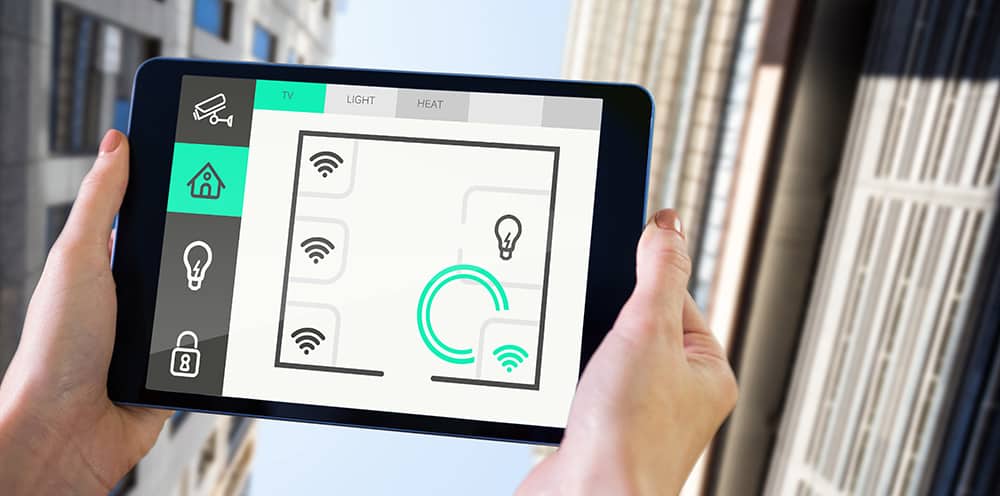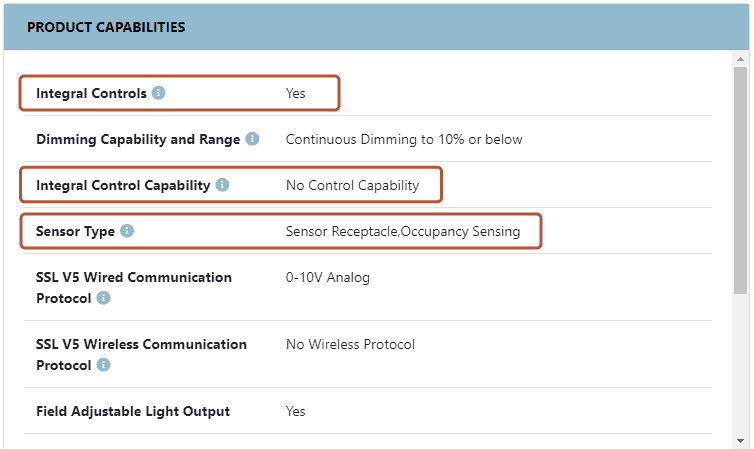This website uses cookies so that we can provide you with the best user experience possible. Cookie information is stored in your browser and performs functions such as recognising you when you return to our website and helping our team to understand which sections of the website you find most interesting and useful.

Communicating the features of a controls product can be a bit tricky. Manufacturers often use terms in their marketing to help differentiate their products, contractors and distributors might use jargon specific to their team to get the job done, and energy efficiency programs might be built around terminology that’s been used since before controls were even introduced. And then in the middle of it all, there’s the DLC with our own way of describing things.
As lighting technology advances, the language used to describe the many bells and whistles of control systems has had to evolve rapidly. The DLC’s goal is to develop language that’s both accessible and accurate, which can be a tall order. How do you communicate clearly within a market that doesn’t always agree with itself? That’s why we are trying to clear up some confusion around various terms used for luminaires that include controls.
On the DLC SSL QPL, each product listing has an expandable section called Product Capabilities. This is where you’ll find attributes such as the available communication protocols or the dimming range. This section also has two fields with very similar names: Integral Controls and Integral Control Capabilities. On the surface, it seems like maybe these two terms have overlapping definitions. This section also includes the field Sensor Type. Aren’t sensors integral controls? And aren’t controls a capability? Do we really need to divide this concept out into three distinct fields?

The answer to all three of those questions is quite simple: Yes! The different terms are necessary to accurately communicate the full suite of features available in modern lighting.
The DLC’s definition for integral controls is “sensing and/or control of light output directly integrated or embedded into the lamp or luminaire, and is available as an option within the lamp or luminaire product model number.” The key phrase in that definition is the “and/or” because, while sensors do necessarily control the luminaire, it’s still possible to have a type of control that isn’t a sensor. When you see a product on the QPL that states “yes” under the Integral Controls field, that only means it has some level of integral control available, but to know exactly which types of controls it has, you’ll have to look at both the Integral Control Capabilities and Sensor Type fields.
Examples of integral control capabilities include luminaire level lighting controls (LLLC), high-end trim, or energy monitoring. Not all of the capabilities that appear in this field require input from a sensor, even though they might commonly appear with sensors. Examples of sensor types include daylight harvesting and occupancy sensing – luminaires must include sensors in order to be capable of these actions. To summarize:

- Integral Controls: Indicates whether or not the product has some level of integral control available.
- Integral Controls Capabilities: Information in this field defines the types of integral controls capabilities available with the product that do not always require input from a sensor. Examples include LLLC, high-end trim, and energy monitoring.
- Sensor Type: Information in this field defines the types integral controls capabilities available that do require input from a sensor. Examples include daylight harvesting and occupancy sensing.
For rebates and incentives, some programs may group all types of controls into one offer. Others may provide offers for only specific features, and some programs’ offers are cumulative for each sensor or capability. The DLC includes these fields on the QPL to allow you to quickly find information without having to wade through spec sheets to find eligibility information.
For more definitions related to SSL Technical Requirements V5.1 and the SSL QPL, click here.
© 2023 DesignLights Consortium. The DesignLights Consortium is a project of Efficiency Forward, Inc., a non-profit 501(c)3 organization. Privacy Policy Terms of Use
